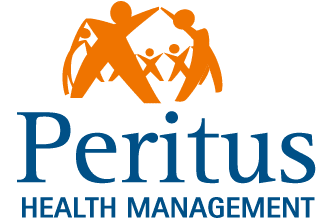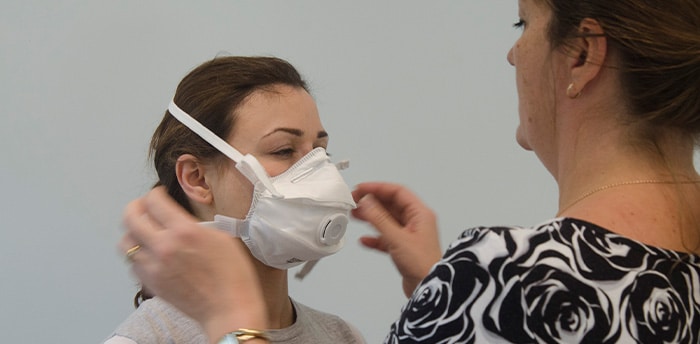Face fit testing
Exposure to substances that can be inhaled or breathed in such as dust, fumes and bacteria can cause respiratory hazards and affect your health. We carry out Respiratory Health Surveillance, which are required under Regulation 11 of Control of Substances Hazardous to Health Regulations or the Management of Health and Safety at Work Regulations, to identify signs of work-related ill health.
Negative pressure Respiratory Protective Equipment (RPE) which requires a tight fit to work correctly needs to fit the wearer’s face well to work correctly and provide the expected protection.
As faces come in all shapes and sizes, each wearer needs to be supplied with a face piece which matches their face as well as the requirements of the job. Face fit testing demonstrates how well a face piece matches the individual’s face; it is used to select a face mask which is a good match for them.
When deciding on which masks are suitable for your working environment and exposures, we recommend that your employees are given a choice of different RPE. Don’t just choose a mask as it is on offer from your supplier! The Health and Safety Executive publication Respiratory Protective Equipment at Work (HSG53) provides guidance on how to select RPE that is adequate and suitable. It also includes useful dos and don’ts for the management and supervision of RPE use.
Respirators are available in different designs and sizes. Some are valved and some unvalved – both options provide a high level of protection when worn correctly. Face fit testing is a means of assessing how well a respirator seals to a face. It has to be an individual test because one model will never fit everyone, and every face is different. A test is required for each type of mask used and it is important to check that they are using the right mask for the job before sending them for the test.
Face fit tests may fail, and protection will be lost if the mask isn’t being worn properly. Sometimes a mask simply won’t fit an individual, but often a better fit can be achieved by taking more care when putting it on.
Wearers must be clean-shaven to get a good fit with a respirator. If there are any gaps around the edges of the mask, dirty air leaks through the gaps and into the lungs. Stubble and beards make it impossible to get a good seal of the mask to the face.
For those who have a beard for religious or other reasons, alternative forms of RPE can be provided that do not rely on a tight fit to the face.
What is face fit testing?
Face fit testing is a way of making sure that the facepiece or mask is fitted correctly and seals to the wearer’s face. A poor fitted mask will reduce the protection for the wearer and could lead to immediate or long-term ill health. If you work in an industry where respiratory protective equipment is needed, then a face fit test is required by law.
For example, asbestos is a leading cause of lung cancer. Although, you can’t be certain the mask is going to work effectively without it being tested by an experienced and fully trained face fit tester.
Face fit testing should be carried out if someone hasn’t been tested for a long time, or their face has significantly changed since their last test. Particularly if someone has had an injury where the seal is located, or they have lost or gained weight.
Fully trained face fit testing
RPE Face Fit testing should be done by a competent person.
Peritus Health Management’s Face Fit Testers have all been appropriately trained, and are supervised until they have achieved ‘competency sign off’.



